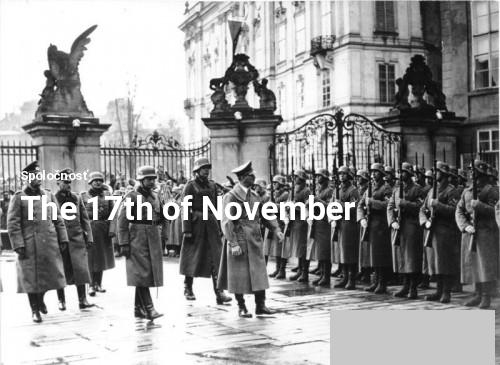The 17th of November
13.12.2020 15:37
Spoločnosť
Autor : Nina Baranovičová, Gymnázium Ivana Kupca, Komenského, Hlohovec
Every year on the seventeenth of November, the Freedom and Democracy Day holiday is occuring in Slovakia. But what does this holiday and its title really stand for ?
It commemorates two events: a 1939 uprising against the Nazi occupation and the 1989 demonstrations that led to the end of Communist rule.
Both events occurred when Slovakia and the Czech Republic were still united as Czechoslovakia, and both of the events were led by student protesters. To Slovaks, they symbolise their long fight against tyranny and oppression and in favour of freedom and democratic rule.
Uprising against the Nazi occupation
After Nazi forces invaded and occupied Czechoslovakia in 1939, anti-Nazi protests erupted and a student was shot down by the Nazis on 28 October. He later died and at his funeral, a whole new protest broke out. These protests became widespread, but on 17 November Nazi forces put an end to them. They occupied the University of Prague, executed nine student leaders, and sent around 1,200 more to concentration camps. While not a victory militarily, the protests showed the will of the Czechoslovakian people to resist Nazi oppression.
The Velvet Revolution
On 17 November 1989, students once again organised a protest, exactly 50 years after the 1939 demonstrations. These protests also became widespread, though fully non-violent, and mark the beginning of what is commonly called “the Velvet Revolution.” The attempt of Communist police to put down the protests only fanned them into outright riots. Finally, after nearly two weeks of conflict, the sitting Communist government of Czechoslovakia gave up power on 28 November.
After a new, democratic government took the helm of Czechoslovakia, 17 November was declared a national holiday.
